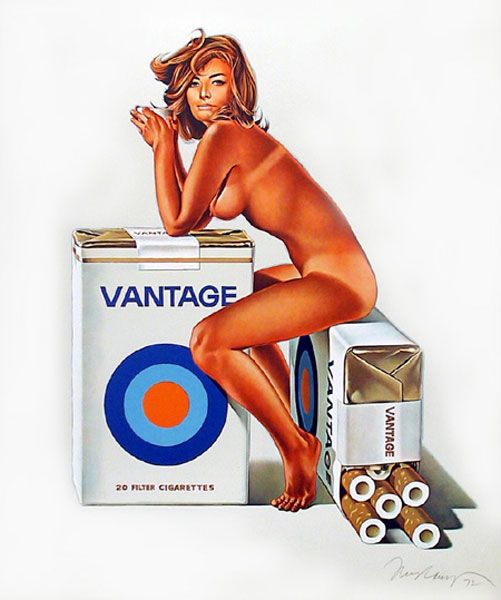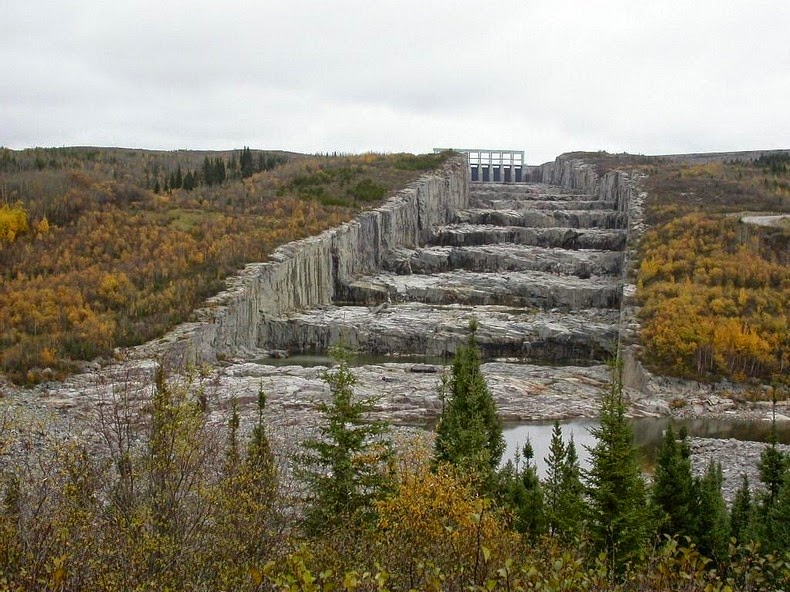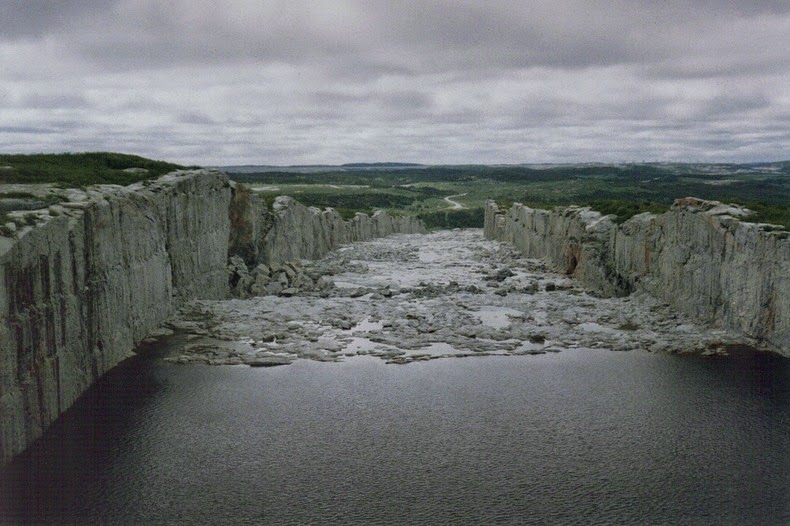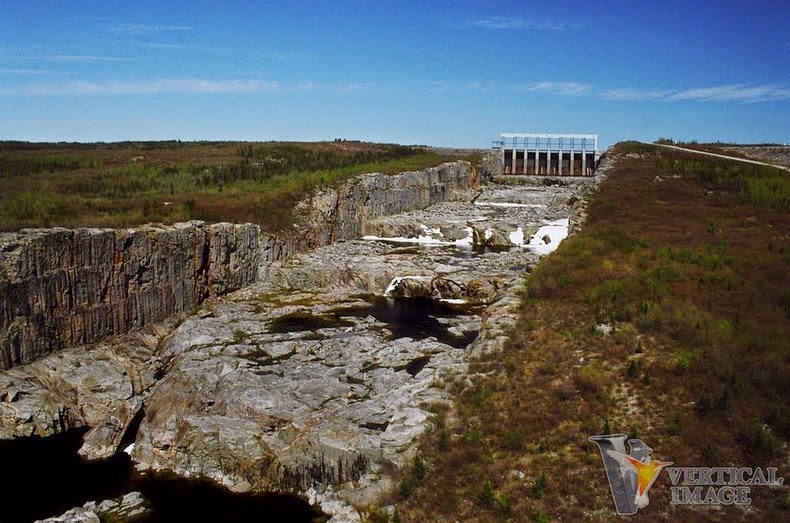More buttons than in an airliners cockpit.
In sound recording and reproduction, and sound reinforcement systems, a mixing console is an electronic device for combining sounds of many different audio signals. Inputs to the console include microphones being used by singers and for picking up acoustic instruments, signals from electric or electronic instruments, or recorded music. Depending on the type, a mixer is able to control analog or digital signals. The modified signals are summed to produce the combined output signals, which can then be broadcast, amplified through a sound reinforcement system or recorded.

Mixing consoles are used in many applications, including recording studios, public address systems, sound reinforcement systems, nightclubs, broadcasting, television, and film post-production. A typical, simple application combines signals from microphones on stage into an amplifier that drives one set of loudspeakers for the audience. A DJ mixer may have only two channels, for mixing two record players. A coffeehouse’s tiny stage might only have a six channel mixer, enough for two singer-guitarists and a percussionist. A nightclub stage’s mixer for rock music shows may have 24 channels for mixing the signals from a rhythm section, lead guitar and several vocalists. A mixing console in a professional recording studio may have as many as 96 channels.

In practice, mixers do more than simply mix signals. They can provide phantom power for condenser microphones; pan control, which changes a sound’s apparent position in the stereo soundfield; filtering and equalization, which enables sound engineers to boost or cut selected frequencies to improve the sound; dynamic range compression, which allows engineers to increase the overall gain of the system or channel without exceeding the dynamic limits of the system; routing facilities, to send the signal from the mixer to another device, such as a sound recording system or a control room; and monitoring facilities, whereby one of a number of sources can be routed to loudspeakers or headphones for listening, often without affecting the mixer’s main output. Some mixers have onboard electronic effects, such as reverb. Some mixers intended for small venue live performance applications may include an integrated power amplifier.



The console used to record Led Zeppelin’s Stairway to Heaven.











































